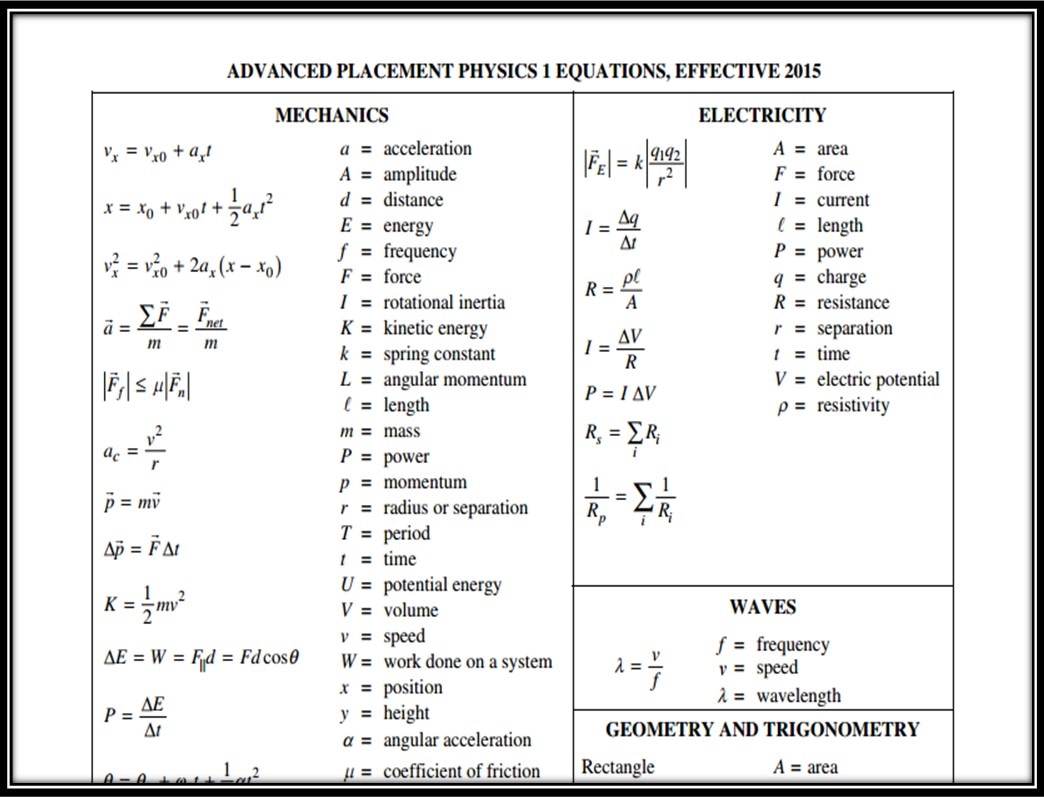

The equaltion can be rewritten as Where f o is threshold frequency of the metal. The gain of kinetic energy of an electron is the difference between incident photon energy and work function of the metal or material and that can be represented as Where, φ is the work function of the metal and E k is the kinetic energy gain of the electron. hf o is known and defined as work function φ.

Here, the vertical axis represents the energy of an electron, and the horizontal axis represents the frequency.Īfter frequency f o Hz, the kinetic energy of electrons start increasing proportionally with frequency.īelow, frequency f o or below energy hf o there will be no kinetic energy i.e. Now, If we graphically represent the above points we will get the graph below, Graphical Representation of Work Function

The value of threshold frequency is different for different metals.

Not on the intensity (Brightness of the light). Hence, how fast the electron will be emitted from the surface of the metal depends upon the frequency of incident light. If the frequency of light is higher than that above-mentioned minimum frequency, the extra energy of photon will be converted to kinetic energy of the emitted electron. The work W done by a constant force of magnitude F on a point that moves a displacement s in a straight line in the direction of the force is the product For example, if a force of 10 newtons ( F 10 N) acts along a point that travels 2 metres ( s 2 m ), then W Fs (10 N) (2 m) 20 J.Hence, for photoemission minimum frequency of incident light is required. Hence, the frequency is only variable upon which energy of photon rather light depends., It is found that there is no photoemission from a metal surface below a certain frequency of light. As the energy of one photon E photon = hf, the energy of each photon depends upon the frequency of light.This phenomenon is classically termed as photoemission. Now when the light strikes on a metal surface electrons on the surface of the metal get energy from the light and get emitted from the surface.Problem Set WE3: Work and Power 1 Use given information to calculate the work and power for a specified task. For the special case of a constant force, the work may be calculated by multiplying the distance times the component of force which acts in the direction of. Where h is Planck Constant and f is the frequency of light. Use the work equation to calculate the work done, a force value, or a displacement value. The energy contained in each photon is hf. Sir Albert Einstein said that light is in the form of a beam of a huge number of discrete energy packets called photons.For that, we first have to know some basic features. The distance, d, moved by the force, in the direction of the force/parallel to the force.Work function can also be explained and defined by quantum physics. To calculate the amount of work done W, we need to know two quantities: The amount of work done tells us the amount of energy that has been transferred by the force. The force moves through a distance, and we say that it does work. Work is done whenever a force moves something over a distance.


 0 kommentar(er)
0 kommentar(er)
